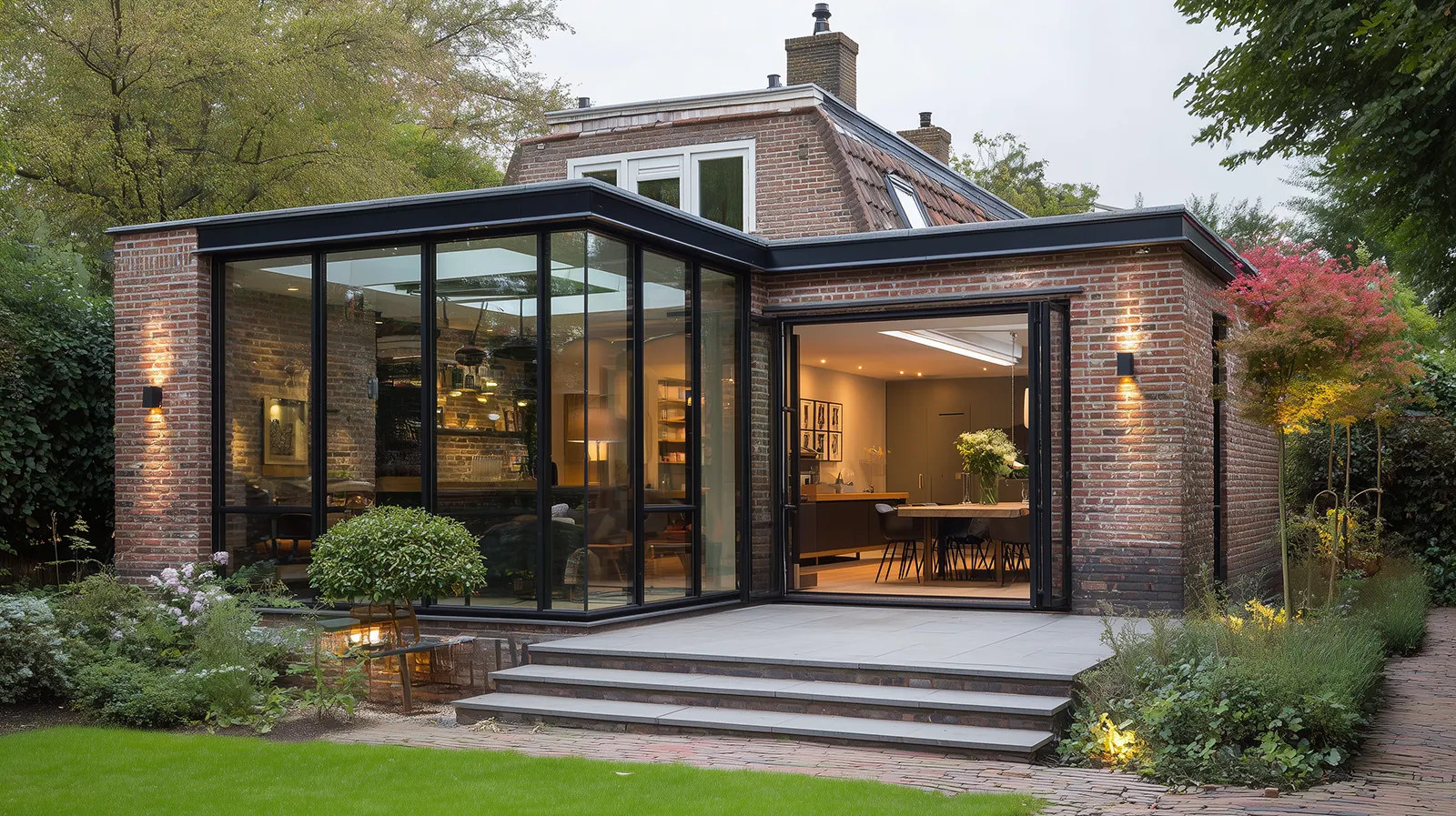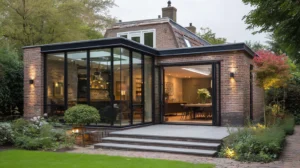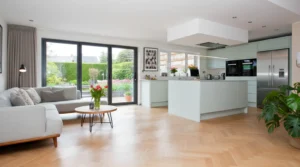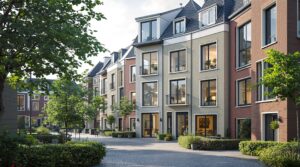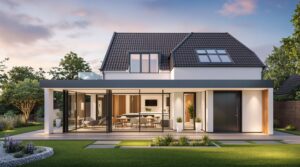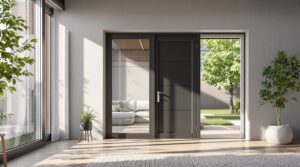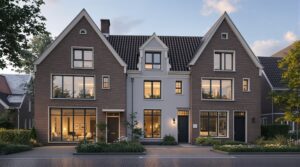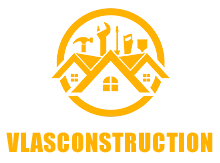How House Extensions Can Boost Your Home’s Energy Efficiency
As a homeowner in the Netherlands, you are likely always looking for ways to make your home more energy-efficient and sustainable. One effective way to achieve this is by building a house extension. Not only can a house extension increase the living space of your home, but it can also provide an opportunity to incorporate energy-efficient features and materials, reducing your energy consumption and saving you money on your utility bills. In this article, we will explore the ways in which house extensions can boost your home’s energy efficiency and provide you with practical tips on how to achieve this.
Basic Concepts: Understanding Energy Efficiency in Home Renovations
Before we dive into the details of how house extensions can improve energy efficiency, it’s essential to understand some basic concepts. Energy efficiency in home renovations refers to the use of materials, designs, and technologies that reduce the amount of energy required to heat, cool, and power your home. This can include features such as insulation, double-glazed windows, and solar panels. In the Netherlands, where the climate can be quite cold and windy, energy efficiency is crucial to maintaining a comfortable living space while reducing your carbon footprint.
Benefits of Energy-Efficient House Extensions
There are numerous benefits to building an energy-efficient house extension. Some of the most significant advantages include:
- Reduced energy consumption: By incorporating energy-efficient materials and designs, you can significantly reduce your energy consumption, which can lead to lower utility bills and a smaller carbon footprint.
- Increased comfort: Energy-efficient house extensions can provide a more comfortable living space, with features such as natural light, ventilation, and temperature control.
- Improved indoor air quality: Energy-efficient house extensions can incorporate features such as ventilation systems and air filtration, which can improve the indoor air quality and reduce the risk of health problems.
- Increased property value: Energy-efficient house extensions can increase the value of your property, making it more attractive to potential buyers if you decide to sell in the future.
Designing an Energy-Efficient House Extension
When designing an energy-efficient house extension, there are several factors to consider. These include:
- Orienting the extension to maximize natural light: By orienting the extension to face the sun, you can reduce the need for artificial lighting and heating.
- Using insulation and draft-proofing: Insulation and draft-proofing can help to reduce heat loss and prevent cold air from entering the extension.
- Installing energy-efficient windows and doors: Energy-efficient windows and doors can help to reduce heat loss and prevent heat gain during the summer months.
- Incorporating renewable energy sources: Renewable energy sources such as solar panels and wind turbines can provide a sustainable source of energy and reduce your reliance on fossil fuels.
Materials for Energy-Efficient House Extensions
When building an energy-efficient house extension, the materials you use can play a significant role in determining its energy efficiency. Some of the most energy-efficient materials include:
- Sustainable timber: Sustainable timber is a renewable resource that can be used for framing, insulation, and cladding.
- Recycled materials: Recycled materials such as reclaimed wood and recycled glass can reduce waste and minimize the environmental impact of the extension.
- Low-carbon concrete: Low-carbon concrete is a more sustainable alternative to traditional concrete, with a lower carbon footprint and improved thermal mass.
- Insulation materials: Insulation materials such as fiberglass, cellulose, and foam board can help to reduce heat loss and prevent cold air from entering the extension.
Practical Tips for Building an Energy-Efficient House Extension
To ensure that your house extension is energy-efficient, follow these practical tips:
- Conduct an energy audit: Conducting an energy audit can help you to identify areas of energy inefficiency in your home and provide recommendations for improvement.
- Hire a professional: Hiring a professional builder or architect who specializes in energy-efficient design can ensure that your extension is built to the highest standards of energy efficiency.
- Choose energy-efficient materials: Choose materials that are sustainable, recyclable, and have a low carbon footprint.
- Consider renewable energy sources: Consider incorporating renewable energy sources such as solar panels or wind turbines into your extension.
Conclusion
In conclusion, building a house extension can be a great way to boost your home’s energy efficiency and reduce your energy consumption. By understanding the basic concepts of energy efficiency, designing an energy-efficient extension, using sustainable materials, and following practical tips, you can create a comfortable and sustainable living space that benefits both you and the environment. Whether you’re looking to reduce your carbon footprint, save money on your utility bills, or simply create a more comfortable living space, an energy-efficient house extension can be a great solution.
Remember to always prioritize energy efficiency when building a house extension, and don’t hesitate to seek professional advice if you’re unsure about any aspect of the process. With the right design, materials, and features, you can create a house extension that is not only energy-efficient but also beautiful, functional, and sustainable.

